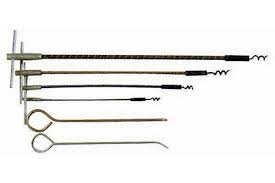OreWa
Veteran Member
- Joined
- Dec 13, 2014
- Messages
- 43
- Location
- USA
- Vessel Name
- Zara / Journey
- Vessel Make
- 1971 Grand Banks 36CL / 1980 Roughwater 41
Can someone recommend a mechanic in the Portland OR area that would be willing to come out to the boat?
I've not had any direct experience with these folks but you might contact Schooner Creek. I've heard good words about them and they seem to have a good boatyard. Just a suggestion.
Stan
Last edited by a moderator:



